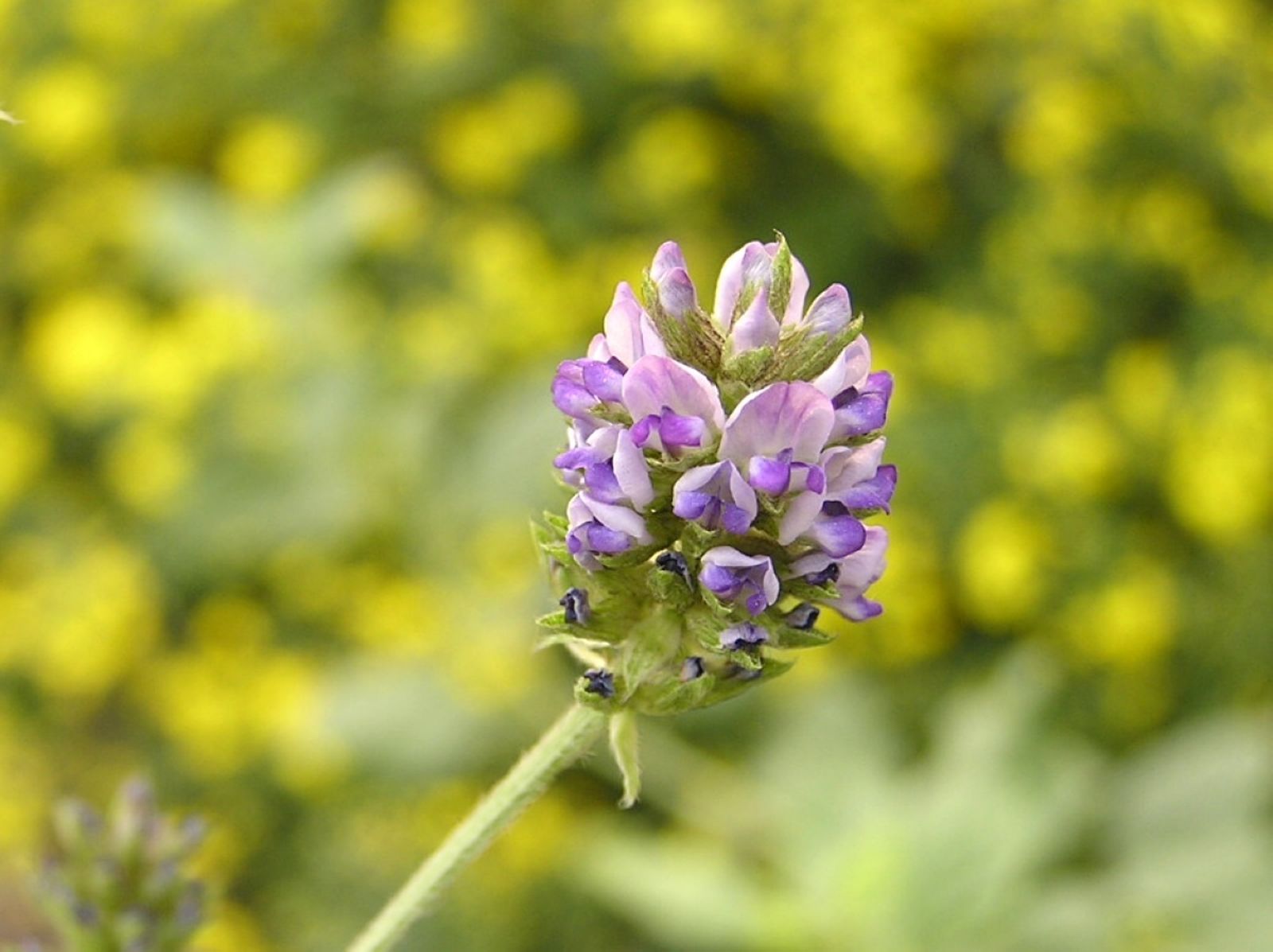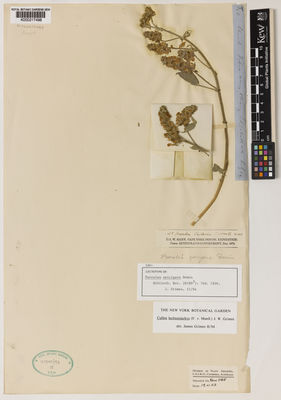Legumes of the World. Edited by G. Lewis, B. Schrire, B. MacKinder & M. Lock. Royal Botanic Gardens, Kew. (2005)
-
Note
-
The tribe Psoraleeae as delimited by Stirton (1981a), comprised 6 genera and c. 135 species, and until very recently (see below) the tribe has been of uncertain lineage. Key revisionary studies since 1981 have been on Otholobium (Stirton, 1989), the New World members of Psoraleeae (Grimes, 1990), and Cullen (Grimes, 1997). Hallia was subsumed into Psoralea on the basis of data from inflorescence and flower morphology and leaf anatomy (Tucker & Stirton, 1991; Crow et al., 1997). Lectotypifications of infrageneric taxa in Psoraleeae were made by Grimes (1988). As treated here, the Psoraleeae comprise a monophyletic group of 9 genera and 185 species (Fig. 49). The only generic problems remaining to be resolved are a) the generic position of Bituminaria acaulis (Steven) C.H. Stirt. (Stirton, 1981b; Grimes, 1997) currently included in Bituminaria subgenus Christevenia Barneby ex C.H. Stirt.; and b) the status of eight species of South American Andean psoraleas included by Grimes (1990) in Otholobium, an otherwise southern and eastern African genus.
Prior to 1977 (Stirton, 1981a), the Psoraleeae was considered closely related to Amorpheae. Evidence from a range of morphological, anatomical, floral development, phytochemical, nodulation and recently molecular studies, however, show that Amorpheae are basally branching in dalbergioid legumes (Lavin et al., 2001a; Wojciechowski et al., 2004), whereas Psoraleeae are nested within the Phaseoleae sens. lat.
The Psoraleeae are sister to Phaseoleae subtribe Glycininae (see Figs. 47 & 49) in a well supported clade based on rbcL sequences of Otholobium and Bituminaria (Doyle et al., 1997). In addition Cullen (but cited as Psoralea) is part of a fully supported clade with other Phaseoleae based on trnK-matK data (Hu, 2000; Hu et al., 2000). Adams et al. (1999) and Doyle & Doyle (2000) indicate a similar result using data from the respiratory nucox-II gene (encoding subunit 2 of cytochrome oxidase). Psoraleeae are placed sister to Glycine with the basally branching Cullen sister to Otholobium, Psoralidium and Rupertia in the matK analysis of Wojciechowski et al. (2004). More sampling of Psoraleeae is needed in molecular analyses to ascertain if the basally-branching genera are the southern African Otholobium and Psoralea (as suggested by Grimes, 1990) or Cullen (e.g., in Wojciechowski et al., 2004).
-
Habit
-
Herbs, shrubs and (rarely) trees
-
Ecology
-
Seasonally dry tropical to warm temperate forest understory, dry scrub, grassland or desert vegetation, mostly in open sandy or seasonally wet places
-
Distribution
-
mostly NW but also C to E Australia (23 spp.), 1 sp. also to Papuasia and Philippines; 1 sp. Indonesia; 1 sp. Malesia, S China to India, Oman and Somalia; 2 spp. Mediterranean; 3 spp. W Asia, c. 3 spp. southern Africa (mostly Kalahari-Highveld region to Nama-Karoo biome)






